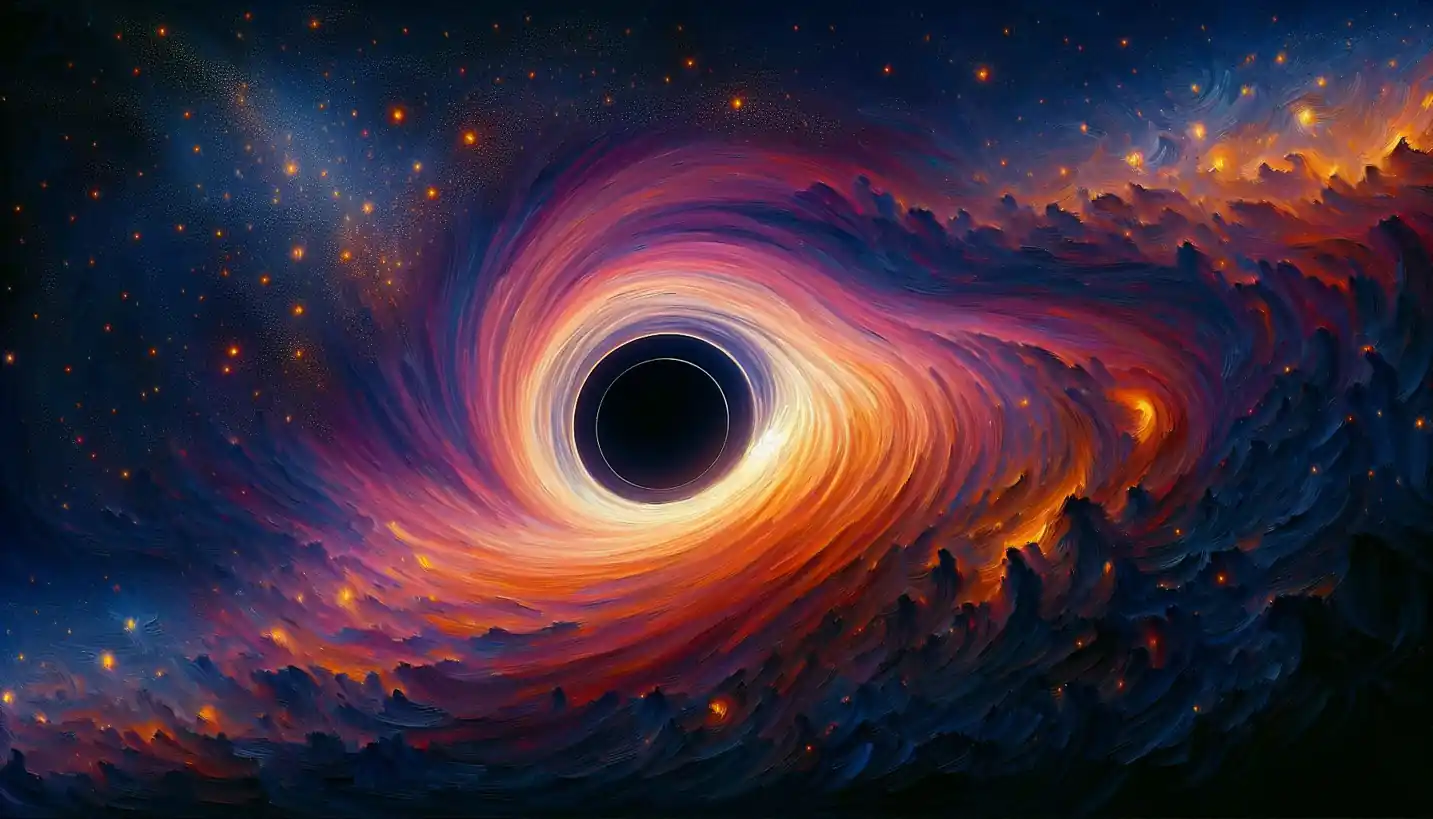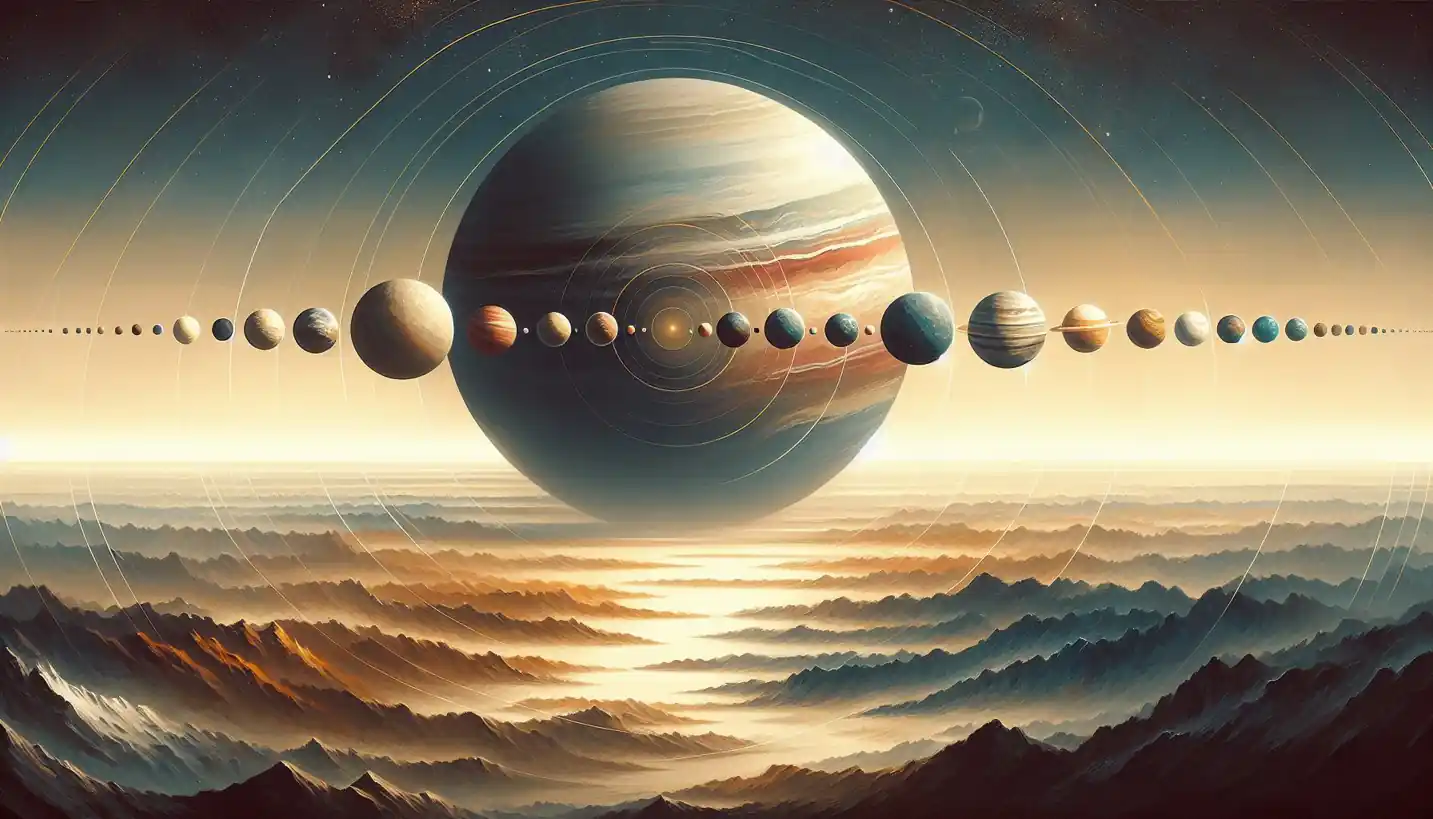
Solar Radiation Pressure: A Cosmic Push
Solar radiation pressure is like a gentle cosmic push that affects spacecraft trajectories. Discover how this subtle force shapes our solar system.

Solar radiation pressure is like a gentle cosmic push that affects spacecraft trajectories. Discover how this subtle force shapes our solar system.

The Chandrasekhar Limit determines when a star collapses under its weight, leading to supernova or black hole formation. Discover the cosmic weight limit of stars.

Cepheid variables, with their brightness changes, are stellar beacons that measure cosmic distances. Uncover how these unique stars have shaped our understanding of the universe.

Spectral lines are cosmic fingerprints that unlock secrets in gamma-ray astronomy. Learn how these telltale signs reveal hidden details of distant objects.

The ozone layer, a focal point in ultraviolet astronomy, protects us from harmful UV rays. Discover the cosmic relationship between them.

The Oort Cloud is a vast, spherical shell filled with icy objects. Discover what this distant frontier reveals about our solar system's origins.

Intergalactic medium, the universe's invisible web, is unveiled through ultraviolet astronomy. Delve into this vast structure connecting cosmic wonders.

Space observatories unlock ultraviolet astronomy's mysteries by peering into the invisible universe. Discover how these observatories expand our cosmic knowledge.

Planetary migration is like a celestial dance, shaping planetary systems over time. Discover how planets change neighborhoods in the vast cosmos.

Compton scattering is a pivotal process in gamma-ray astronomy, unveiling hidden cosmic secrets. Learn how this interaction reshapes our understanding of the universe.

Astronomical seeing is like viewing the universe through a shifting, cosmic mirage. Learn how this natural phenomenon impacts our stargazing experiences.

Auroras illuminate our skies with magical lights caused by solar activity. Discover the science behind these natural spectacles dancing across polar regions.